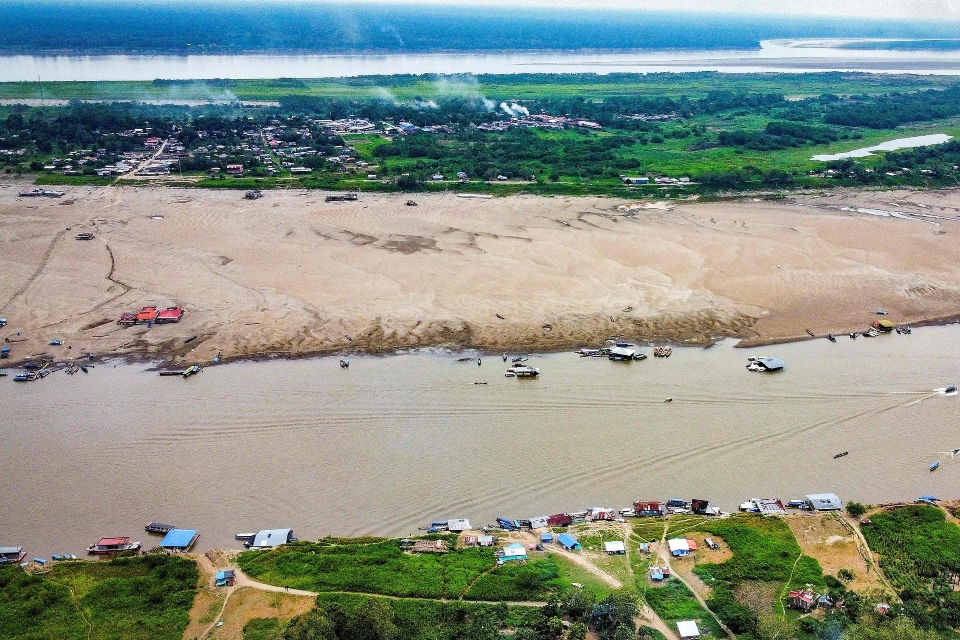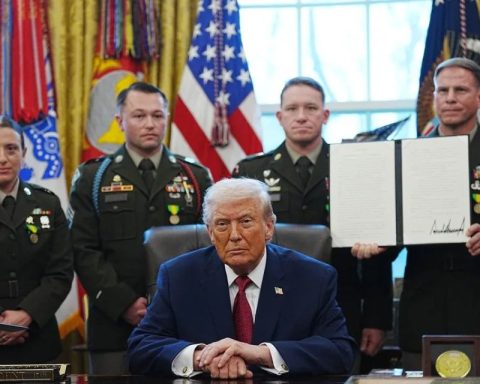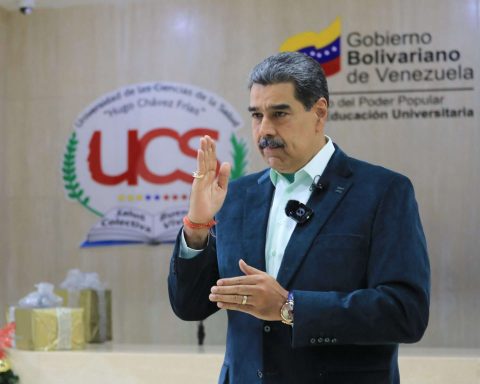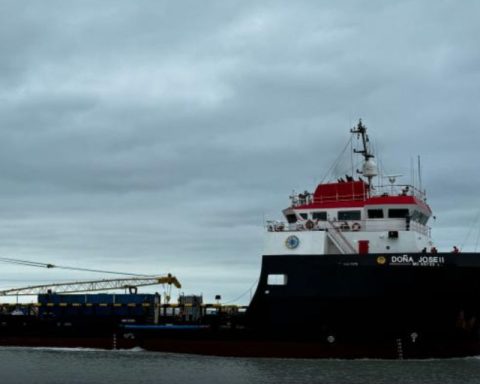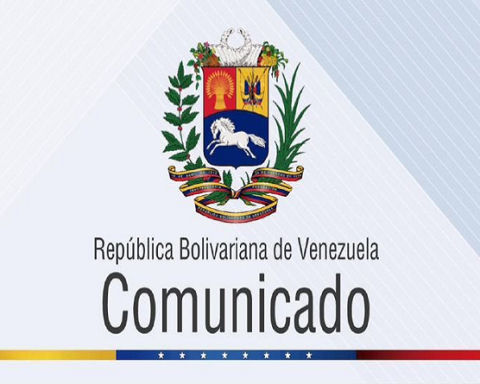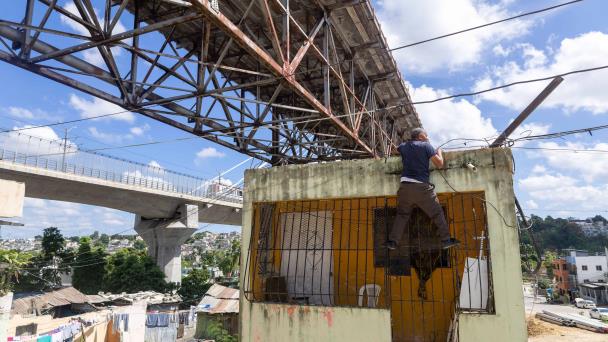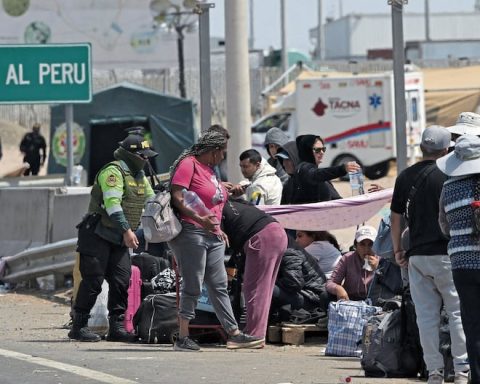Images from recent days show boats stranded due to low water levels in the Amazon River, affecting around 7,400 people.
Text: RFI/AFP
The Amazon River, one of the longest and largest in the world that crosses much of South America, shrank by up to 90% in the last three months in Colombia due to a serious drought, the government reported this Thursday.
“The water level has decreased between 80% and 90% in the last three months, due to the drought caused by climate change in the country,” the state National Unit for Disaster Risk Management said in a bulletin ( UNGRD).
The Amazon basin encompasses nine countries in South America: Brazil, Colombia, Peru, Bolivia, Ecuador, Venezuela, Guyana, French Guiana, and Suriname; some of the hardest hit by an unusual lack of rain recently.
The UNGRD assured that “the low levels of the Amazon River affect the nutrition and navigability of the indigenous communities of the Colombian department” that bears the same name.
At least 7,400 people are being harmed, the entity added.
Images captured in recent days by AFP reporters in Leticia, the capital of the department of Amazonas (south), show small stranded boats and large islands of land and grass that were exposed by the low water level.
*Read also: UN adopts Pact for the Future to face threats such as climate change and AI
That city, on Colombia’s triple border with Brazil and Peru, is key for local commerce, which moves across the river.
Residents estimate that this is the strongest drought they can remember in half a century.
South America continues to raise alarm bells this year due to a prolonged drought associated with the El Niño climate phenomenon, which has caused water and hydraulic power rationing, as well as historic forest fires in several countries.
The European Copernicus observatory, which closely monitors the situation in the region, on Monday described the fires in the immense Pantanal wetland and in the Amazon as the worst in almost two decades.
There are currently active outbreaks in Colombia, Peru, Ecuador, Brazil and Bolivia.
Bogotá is in water rationing due to the low level of the reservoirs. Experts point out that the critical situation in the Amazon is related to the absence of precipitation in the Colombian capital.
Post Views: 56
